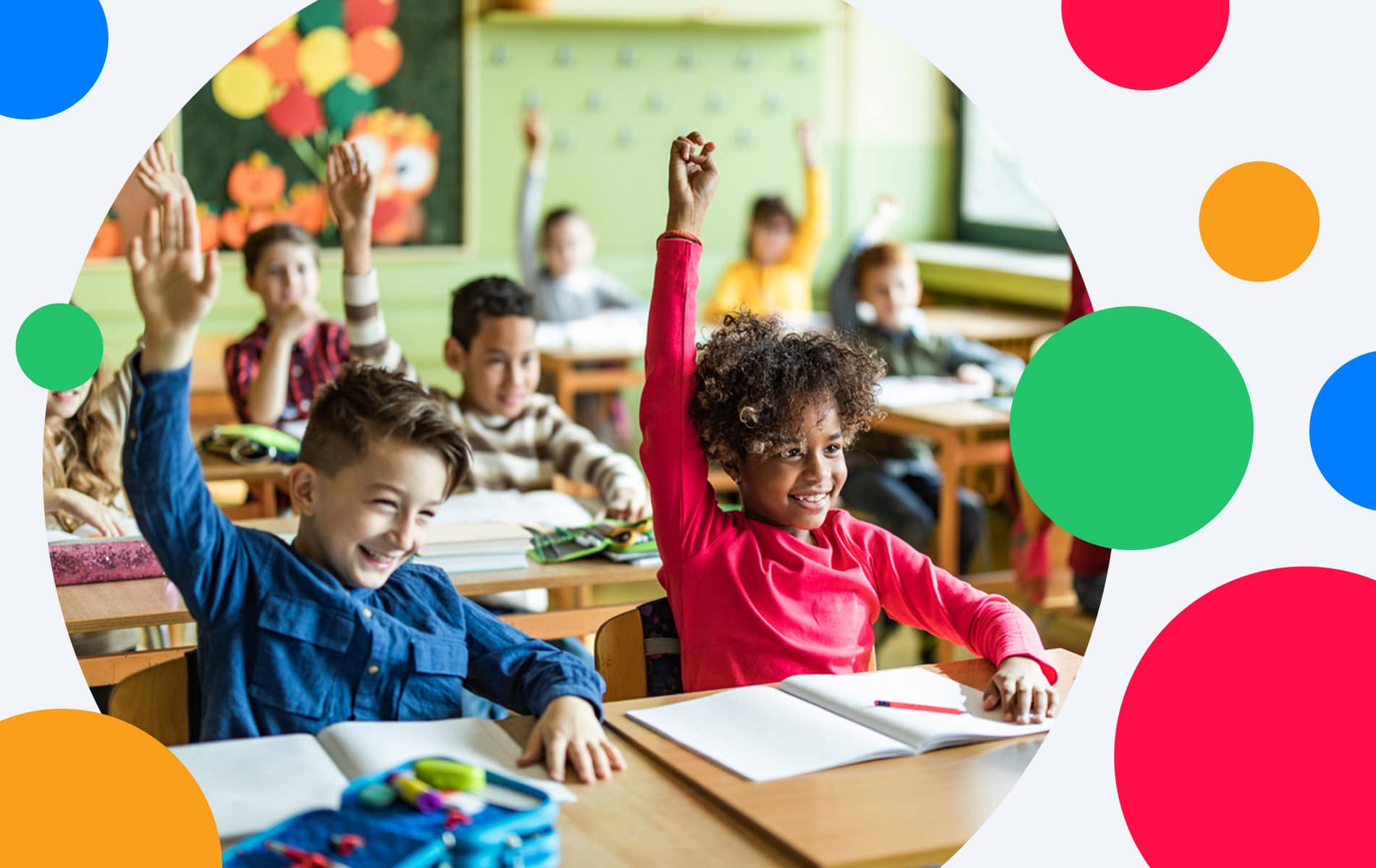Gone are the days of blackboards and slide rules. Instead, tech is finding its way into the K-12 classroom, with students, educators, and staff beginning to embrace the promise of artificial intelligence (AI). But what are the benefits of bringing AI into the K-12 educational system, and how can AI help students and their families, as well as educators and staff, enjoy a high-tech learning environment? Fortunately, schools powered by safe and secure AI technology are closer to reality than you might think. Keep reading to learn more about the ways in which AI can have a positive impact on the K-12 learning experience.
Major benefits.
In addition to providing benefits to users in the realm of higher education, AI can also be used to positively transform K-12 education. AI uses machine learning to allow students and educators to benefit from a more automated and simplified classroom experience. Here are some of the main ways that AI helps promote a better, more streamlined learning experience.
Automation.
AI can be used to automate common classroom practices that are time-consuming and physically exhausting. For example, teachers can use AI to help with grading assignments, making schedules, and much more. Additionally, because many AI platforms use machine learning, they are able to learn more about their students’ preferences the longer they’re in use, making them even more effective over time. Overall, one of the major benefits of AI tools is that they can help faculty and staff save time by automating tasks, thus helping them spend less time doing busy work and allowing them to enjoy more hands-on time with their students.
Identification.
Is there a math question that every student got wrong on the last test? Are there any students whose test scores aren’t quite where they needed to be and who might need some extra attention? AI tools can use analytics to help teachers and staff identify trends in their data, which can allow them to course-correct in real-time. In addition to identifying at-risk students and areas in need of improvement, AI can also be used to personalize assignments for students based on their academic level, which can keep students engaged and successful. Because teachers can’t see absolutely everything that’s happening in the classroom, AI tools can help pick up the slack by parsing data to analyze trends and offer solutions.
Acclimation.
As technology evolves at the speed of light, incorporating AI in the classroom can help students acclimate to the high-tech developments in the world around them. Allowing students to use the tools that they use at home, whether it’s a virtual assistant AI product or a chatbot that’s used to obtain answers to logistical questions, can allow them to better adapt to the tools they’ll need as adults once they graduate. Even better is that these tools can be used to level the playing field for all students, so that disadvantaged students are able to become familiar and comfortable with technology they might not have at home when they’re at school. Helping students acclimate to AI at school is a great way to set them up for success as adults.
Case study.
The Iredell-Statesville School District is a great example of how AI tools can be used to improve the K-12 educational experience. Located in North Carolina, the Iredell-Statesville School District contains 37 schools that employ more than 2,700 staff and faculty members. The district decided to take a chance on Capacity’s knowledge base when they realized that the questions that parents and students from all 37 schools were asking were largely repetitive. Instead of forcing each school’s principal to respond to every individual question, the district turned to Capacity, whose knowledge base created a universal repository of questions and answers that applied to all the schools in the district.
Once the system was implemented, students and their parents were able to ask questions to a chatbot, such as “What does the reduced meal cost?” The implementation has been a success, as Capacity’s chatbot is able to give the correct automatic answer more than 82% of the time. If the chatbot does not contain the answer to their question in its knowledge base, the question can be re-assigned to a human-in-the-loop, such as a principal or a teacher, who can answer it. As time goes on, faculty and staff have been able to add more information into the knowledge base to enhance the AI’s performance and to limit the amount of work that humans need to do.
Overall, Capacity’s knowledge base has allowed the faculty and staff at the Iredell-Statesville School District to deflect more than 7,000 inquiries a week since the system was launched. That’s 7,000 inquiries that were handled solely by AI and a substantial amount of time that faculty and staff have been able to spend by focusing on the work that matters to them instead of answering repetitive questions. With plans to add more school-specific information to the Iredell-Statesville School District’s knowledge base in the near future, it’s likely that faculty and staff are going to save even more time.
Key takeaway.
There are many benefits to using AI to enhance the K-12 experience. Are you interested in trying it out in your own classroom or school district? Let us show you how Capacity can automate support for your students, staff, and faculty.


